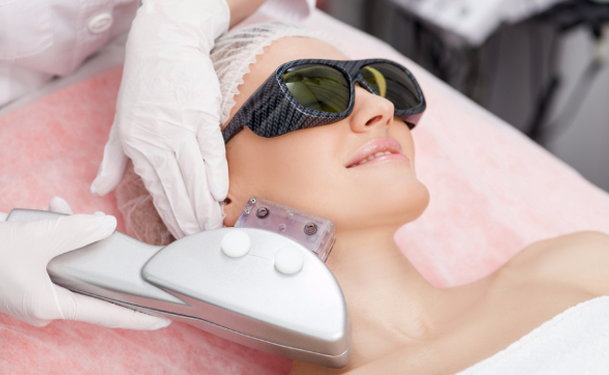If you are seeking to rejuvenate your looks or to get rid of visible skin blemishes, Fraxel Restore can be at the top of your list of options. It is a non-ablative technique that bypasses the epidermis to cause controlled damage at the dermal layer, so that the troubled tissue above will be induced to dissociate, allowing a layer of healthy tissue to surface and thus restoring a younger look. However, Fraxel Restore is not the only technique available, and alternative methods should be considered.
Fraxel Repair
Fraxel Repair is perhaps the most similar alternative to Fraxel Restore. They are both based on the same cosmetic principles, and both are effective treatments for acne and surgical scars, melasma, age spots and wrinkles. The main difference between the two is that Fraxel Repair is a more invasive technique, which aims to treat more serious skin problems, while treatment with Fraxel Restore may not be as effective. Another advantage of Fraxel Repair is it can produce the same results in one treatment that will take several treatments from Fraxel Restore. The downside of Fraxel Repair is that it's ablative in contrast with the non-ablative Fraxel Restore, leading to a longer downtime and higher risks of side effects.
Chemical Peels
Chemical peels can also be a possible treatment option. It's also a resurfacing technique that uses chemical agents to induce blemished epidermis to peel off and allow the new skin tissue to surface. Chemical peels have a wide range of strengths for treating different severities of skin conditions. Because both chemical peels and Fraxel Restore rely on the same peeling process, their treatment target and effectiveness in results are very similar. Lighter chemical peels are practically non-invasive, with minimal discomfort and enabling fast recovery. The stronger peels are more intense and will require longer time for recovery. The risk potential is also higher for the stronger peels. One of the advantages of chemical peels is that the results will appear sooner. With catalyzed removal of the epidermis, the results will be apparent as soon as the peeling process is complete, whereas for Fraxel Restore patients, it could take 2 to 3 months for results to show.
Microdermabrasion
Microdermabrasion is another technique used for skin rejuvenation and revitalization. This technique uses a jet of pressurized microcrystals to exfoliate the epidermis, so that dead tissues are physically sanded off to reveal a fresh layer of new tissue below the surface. Like Fraxel Restore, microdermabrasion is also considered non-invasive, inducing minimum pain and discomfort, and thus allowing immediate recovery. Microdermabrasion also requires multiple treatments to achieve profound results, but immediate results will be apparent right after each treatment. Another advantage of microdermabrasion is in the cost. Typically, a microdermabrasion regimen will cause less than $2,000, where a full treatment with Fraxel Restore can cost as much as $6,000.
All of the above are resurfacing techniques popularly used to help people achieve better looks and remove their skin imperfections. Each has its relative advantages and disadvantages. Go over each of them with your doctor to pick the treatment right for you.


